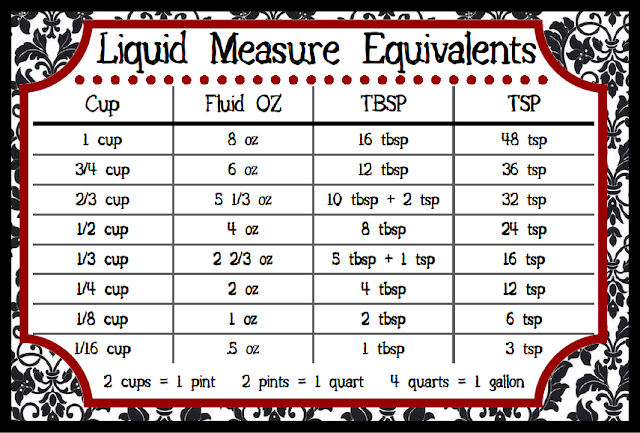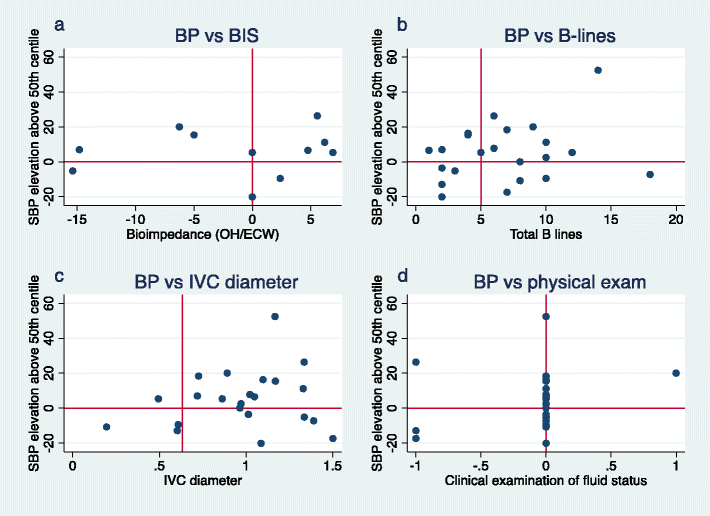
Common conversions from fluid oz to cups: 1 oz 0.125 cup beef vs pork.

This helpful conversion chart is between ounces and cups of vegetable oil such as olive oil, sunflower oil, and others. conversion beef vs lamb protein How many pounds in 2.3 ounces - ConvertOctopus. Ounces of vegetable oil to cups conversion table Oz to cups of milk conversion table Ounces of milk

Ounces of water to cups conversion table Ounces of waterīelow is a kitchen conversion chart in ounces of milk and their corresponding values in cups (US legal cups). Often used quantities of water in ounces and their corresponding values in US cups are listed below. Solution:įor most scenarious you'd be happy to round that up to three cups of flour while skimming just a bit off the top of the last one.įor your convenience, we present charts for some of the most used cooking ingredients, namely water, milk, and vegetable oil. (2.3 3 1023) (4.2 3 104) Express the following in exponential (scientific). Sample task: convert sixteen ounces of flour to cups, knowing that the density of flour is 0.67 grams per milliliter meaning that a cup holds 5.7 oz of flour. An aspirin tablet usually contains 325 mg. Solution:įor practical purposes, eight ounces of water equal one cup of water. Sample task: convert eight ounces of water to cups, knowing that the density of water is 1 gram per milliliter meaning that a US cup holds 8.5 oz of water. To do so, follow these instructions: Eight ounces of water to cups For example, a recipe might specify 8 ounces water and 16 ounces of flour, and you may want to convert those measurements to cups. The conversion from ounces to cups can be approached once the density of the substance to be converted is known. cups What is 3 Liters in Fluid Ounces Convert 3 L to fl oz How many fluid. This can involve both research and math, and you can spare yourself the effort if you simply employ our oz to cups converter as long as the ingredient is among the list of supported ones. 2.3 l 77.772252214239 fl oz Popular Unit Conversions 1 Inches to Millimeters. To answer the question, first learn what the density of the substance is, then divide its volume by the density to get the number of ounces in a cup. So if we take 7.7 ounces of oil it will fill a cup while 8.5 ounces of water will leave some empty space on the top. For example, a cup of water weighs about eight and a half ounces, while a cup of vegetable oil weighs just 7.7 ounces. Simply put, the weight in ounces of a given volume of an ingredient depends directly on the density of said ingredient. It depends on what is to be put in the cup. This holds especially true for sweets and desserts. Therefore, using volumes introduces unnecessary uncertainty in the preparation of a recipe and should be avoided when a kitchen scale is available. Ideally, one would not convert weight to volume (oz to cups) since this conversion requires the introduction of density in the calculation, and that can only be roughly estimated from averages. Both units are supported by our converter. An older unit still encountered is the Imperial cup which equals 284 ml. The most widely used is the US legal cup, defined as containing 240 ml of volume. The cup is a unit of volume with two definitions that one can encounter in recipes.

It has been standardized most recently in the 20-th century and is now defined in terms of grams (28.35 grams to be precise). The ounce (oz) is a measurement of mass used mostly in UK and the the former British colonies, including the US, UK, Australia, New Zealand, among others. Ounces of vegetable oil to cups conversion table.Ounces to cups of milk conversion table.Ounces of water to cups conversion table.The US gallon contains 128 US fluid ounces, whereas the Imperial gallon contains 160 Imperial fluid ounces. Note: There is a difference between US Customary Units and the Imperial System for volume conversions.

Another way is saying that 2.3 fluid ounces is equal to 1 0.21739130434856 tablespoons. In this case 1 tablespoon is equal to 0.21739130434856 × 2.3 fluid ounces. The following tables provide a summary of the Volume units (both Fluid Volume units and Cubic Volume units) within their respective measurement systems. We can also convert by utilizing the inverse value of the conversion factor. Imperial Fluid Ounces to US Fluid Ounces Conversion Chart Imperial fluid ounces (Imperial fl oz)


 0 kommentar(er)
0 kommentar(er)
